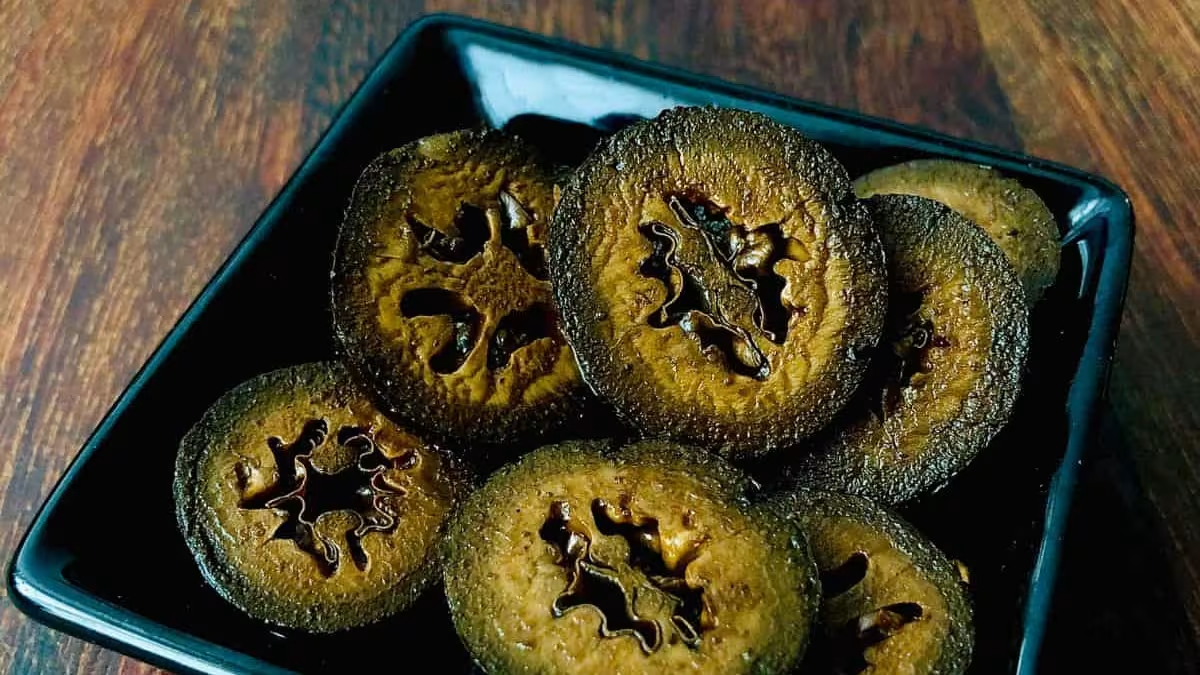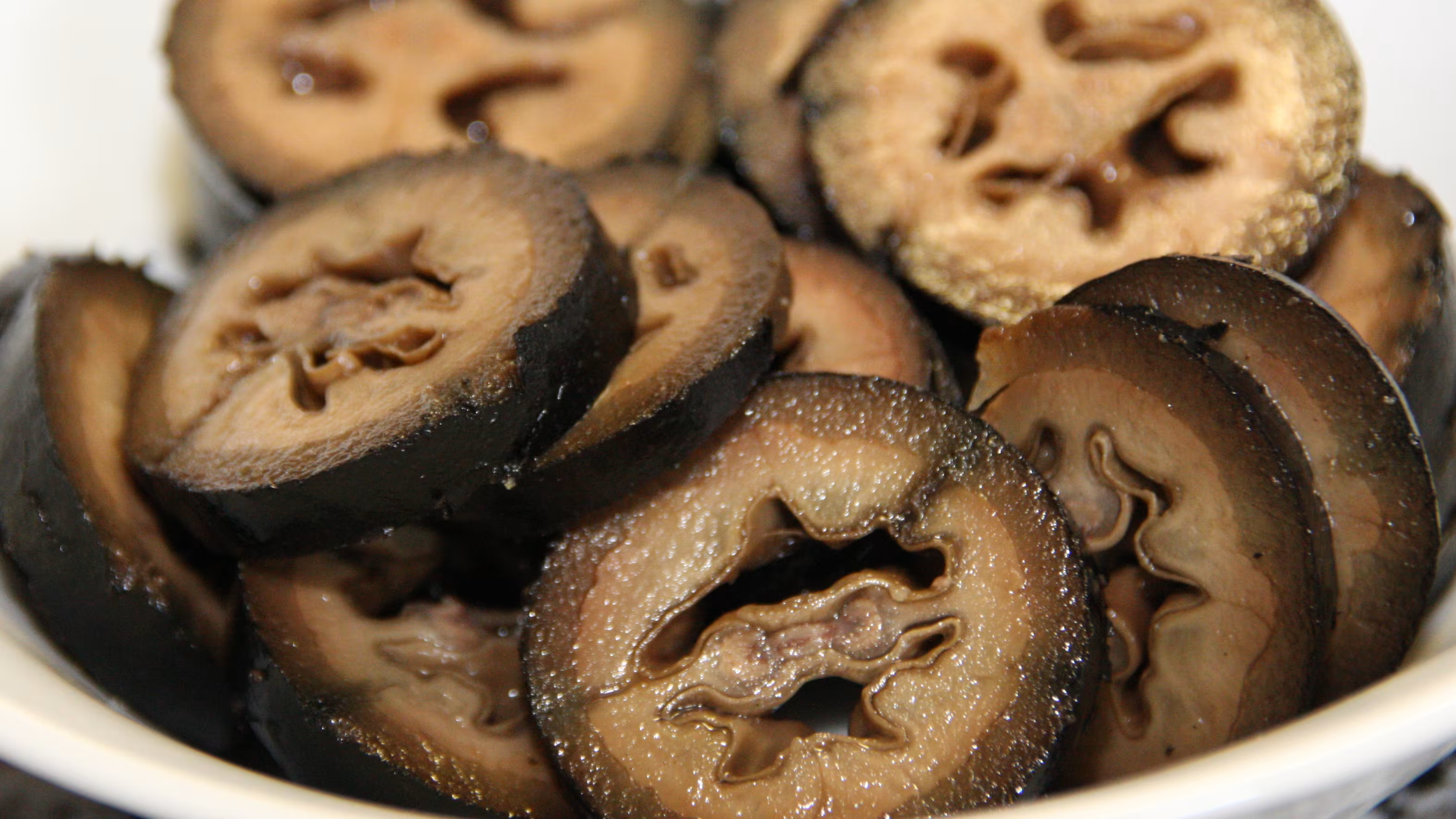
Deliciously Tangy Pickled Walnuts Recipe: A Unique Addition to Your Pantry
Written by Jessica Lopez
Published at 06-05-2024
Edited on 03/30/2025 | 12:49 AM
Snack RecipesCourse: Condiment
Cuisine: British
Difficulty: Moderate
Servings
4-6 servings
Prep Time
30 minutes
Cooking Time
1 hour
Total Time
1 hour 30 minutes
Fat
10g
Protein
4g
Carbs
20g
Calories
150 kcal
Have you ever tried pickled walnuts? If you haven't, you're in for a delightful surprise! This unique recipe transforms fresh green walnuts into a tangy and savory treat that’s perfect for adding a burst of flavor to salads, cheese boards, or even as a snack on their own. Pickling walnuts is not only a fantastic way to preserve this often-overlooked ingredient, but it also creates a distinctive condiment that can elevate a variety of dishes. Making pickled walnuts may sound intimidating at first, but it’s surprisingly simple and requires just a few ingredients. The process involves soaking the walnuts in brine, allowing them to absorb all the flavors and turn into a delectable treat.
Plus, this recipe is a wonderful way to utilize seasonal produce, as fresh green walnuts are typically available in late summer to early fall. Imagine the crunchy texture and tangy flavor of pickled walnuts complementing your favorite cheeses or adding an unexpected twist to your gourmet meals. They can even be used to enhance sauces or dressings, making them a versatile addition to your culinary repertoire. In this guide, I’ll walk you through each step of the pickling process, ensuring that you achieve the best results.
Whether you’re a seasoned home cook or a beginner in the kitchen, this pickled walnuts recipe is sure to impress. So grab your fresh walnuts and let’s get started on this tangy adventure that will leave your taste buds dancing!.


